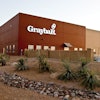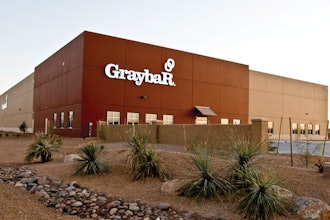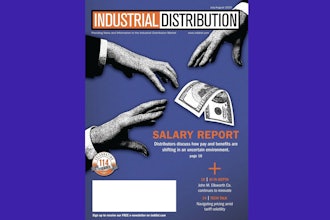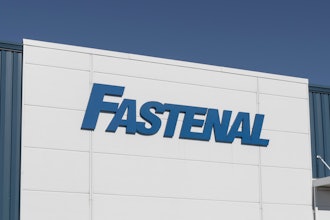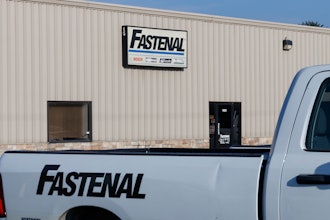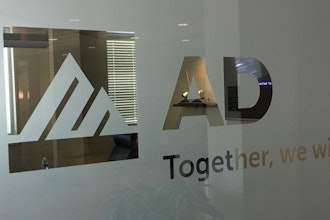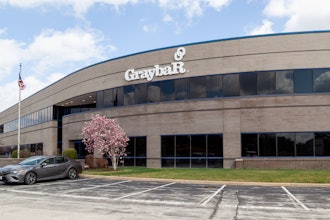
“People are willing to pay higher prices when vendors are transparent about their operating costs.” — Dan Ariely, “Ask Ariely.” Wall Street Journal
Ariely is a leading authority in behavioral economics — the study of applying psychological insights into human behavior to explain economic decision making. Dan’s research has several implications for buyer decision-making. In this opening quote, Ariely taps into the buyer’s most basic decision-making criteria — fairness.
Fairness is critical to any purchasing decision. Buyers want a fair exchange for what they sacrifice in time, energy, and effort. Our internal research shows that the number-one reason buyers object to price is a perceived lack of equity; buyers feel they are being charged too much for the value they receive.
Sellers often lament, “Why can’t the buyer see the value of our solution?” Buyers see the value; they just can’t see what you sacrificed to deliver that value. If you want to charge higher prices, be more transparent about what you sacrifice.
Cost is a broader term, encompassing everything you sacrifice to deliver your value-added solution. Cost includes time, energy, effort, labor, maintenance, training, logistics, etc. All those little extras impact your company’s operating cost and pricing structure. In short, providing greater value requires more resources.
Build perceived fairness by informing customers of your total cost. For example, I remember visiting a high-end Chicago restaurant known for its fresh fish. I expected the restaurant entrance to be adorned with swanky décor, but it wasn’t. Instead, the wall was covered with pieces of paper that looked like receipts. I looked closer and noticed it was the bills of lading and cost for the fish on the menu. The simple decorations had an enormous impact on the customers’ perception of equity. Customers were getting fresh fish flown in daily. Obviously, there was an added cost.
Total cost also includes your cause. Customers know there is a cost to serving a greater cause. One notable example is TOMS and their buy-one-give-one model. When you buy a pair of shoes, they donate a pair of shoes to someone in need. It’s a great cause and people are willing to pay more to support the cause. Take any commoditized product and couple it with a cause, and you have a completely differentiated solution. Let your customer know they are contributing to the cause when they buy your solution.
Equity plays a significant role in purchasing decisions. Buyers focus on price when they are unaware of your value, or the cost behind the value you deliver.  Paul Reilly
Paul Reilly
Paul Reilly is a speaker, sales trainer, author of Selling Through Tough Times (McGraw-Hill, October 2021), coauthor of Value-Added Selling, fourth edition (McGraw-Hill, 2018), and host of The Q and A Sales Podcast. For additional information on Paul’s keynote presentations and seminars, call 636-778-0175 or email [email protected]. Visit www.ToughTimer.com and complete the 30-Day Tough-Timer Challenge.


